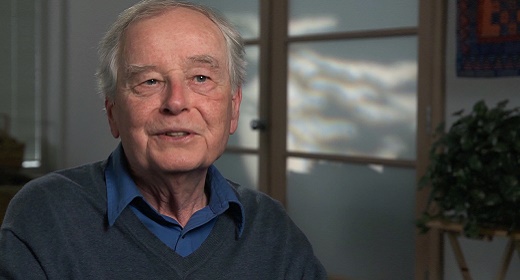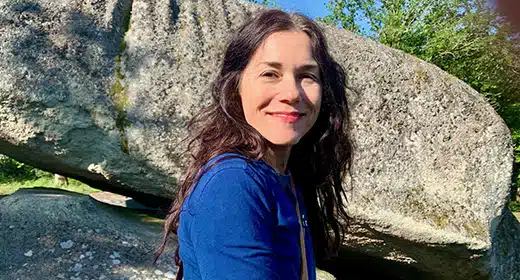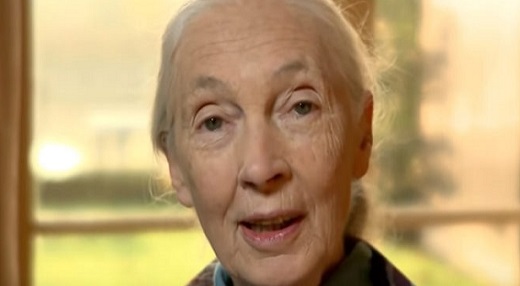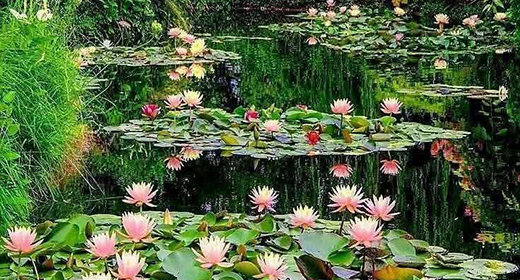by Chad Foreman: I’ve been wanting to share this technique for a while now, it’s something I have once again incorporated into my own daily meditation practice and the results are awesome…
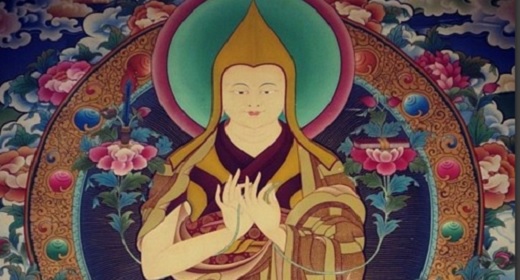
This technique is called 9 round breathing it is great to do before you practice any other meditation technique, it really does calm the nerves, helps with mindfulness , clears the mind and awakens a vibrant awareness.
Benefits of Tibetan Pranayama
Tibetan Pranayama is a powerful technique to help calm the mind because it controls the breath. The ancient meditation traditions knew that the breath and the mind are very closely linked. You can help self moderate your moods and mental states by controlling your breath, improve your concentration and overcome mental illness; as Tibetan Meditation Master Lama Yeshe says:
“If you are aware, you will notice that people who are emotionally or mentally disturbed—for example, those who are depressed—breathe differently from normal people. This shows that the way the breath energy moves through the nervous system is very closely connected with the mind. You know from your own experience that when you are angry you don’t breathe normally. Sometimes anger can even make you physically sick. ”
The Tibetan Yogis say that when one nostril is blocked it relates to the impaired functioning of that side of the brain, after doing 9 round of Tibetan Pranayama you can unblock the nostrils and re-balance the two hemispheres of the brain restoring full functioning. It also can improve your over-all physical health, help recover from nervous disorders and prolong your life; Lama Yeshe goes on to say:
“You can measure scientifically how many times a day you breathe in and out. Buddhism has also calculated this. If you train yourself in the breathing meditation and practice breathing in and out slowly every day, you can prolong your life. If air enters your nervous system in a disturbed way it can disturb your mind. You should breathe slowly, steadily, naturally and completely, like a reliable old clock ticking away.”
While physical and mental health are important effects from this training they are not the main focus of Buddhist Yogis. In the context of Mahayana Buddhism once your mind is calm and focussed you can penetrate deeply into the nature of yourself and uncover and fully connect with your enlightened nature to free yourself from all mental and emotional dysfunction and fully realise great love and intuitive wisdom to be of supreme benefit to yourself and all other beings.
Pranayama is more commonly associated with the Hindu Yogic traditions and because of its remarkable ability to heal and focus the mind it is widely used by Yoga teachers around the world. I can testify that this little known Tibetan technique has worked for me. I first learned it about ten years ago while studying full time the Tibetan Buddhist system and I have usually only used it when my mind was heavily disturbed as a forceful way to relax and focus, but because of its health benefits and ability to focus the mind I am now using it regularly before ever session which I have noticed has improved my calm mind and sense of well being. I also noticed that when I introduced it to my meditation group, everyone had great experiences and could follow and go deeply into what meditation techniques I lead them into next.
Another reason for the incredible benefits of this practice is it draws in prana or chi or life force energy. This is a universal energy that is available to all of us and it has healing qualities and also brings vitality and strength literally the force that animates all things. This energy is a subtle energy that flows through all things and is or very life force that can become depleted when we are sick or suffering mentally or emotionally. Many times you can feel drained of this energy or low in vitality, this is a perfect time to practise 9 round breathing to re-invigorate yourself.
I have not written about Tibetan Pranayama yet because I was not sure how easy it would be to describe and teach in writing but I assure you it is an easy technique once you remember it so please be patient, read below carefully several times and above all put it into practise, attempting it as you read it. This practice uses similar visualisations of the subtle energy channels and very nicely leads into another breathing exercise called Tummo or Inner Fire meditation which if you enjoy this exercise I would highly recommend Tummo. As my Tibetan Buddhist teacher Geshe Tashi Tsering would always say, Buddhist teachings are like medicine and just like medicine they don’t do you any good if they are just left on the shelf and not used, you must give them a go.
How to Practice Tibetan Pranayama (9 Round Breathing)
1)Firstly adopt a good meditation posture its important to sit up very straight with this meditation as the subtle energy channels running either side of the spine are an essential feature of this practice. Briefly a good posture is aligned and straight but also comfortable and relaxed, which actually reflects the state of mind you are trying to achieve: relaxed and focussed.
2) Take a few long slow breaths: when you breath in straighten up, like you were being pulled up by the crown and on the out breath subtly relax the shoulders, face and hands but keeping good alignment.
3) Visualise yourself as hollow, like a balloon. Your skin is glowing and brilliant and on the inside there is only empty space. Take a few moments to strongly establish this visualisation.
4) Visualise a ‘central channel’ about a 1cm thick from your perineum at the base to the crown of your head and two ‘side channels’ going in through the nostrils up to the third eye or eyebrow level and then going down either side of the central channel merging at just below the navel. All the ‘channels’ are hollow like plumbing pipes. Take a moment to establish this visualisation, it does get easier and even instantaneous with practice.
5) Now gently raise your hand to your face and press on the outside of your LEFT NOSTRIL blocking it. Breathe in a long deep, smooth breath IN through the RIGHT NOSTRIL imagining drawing in universal white healing light down the RIGHT channel right down to the belly.
6) Hold the breath momentarily in the central channel just below the navel (see image) and then BLOCK THE RIGHT NOSTRIL and release the air up through the left channel and OUT the LEFT NOSTRIL. Imagine black smoke representing all negativity, illness and blockages releasing out through the left nostril.
7) Repeat this 2 more times
8) Now do the opposite by breathing IN THROUGH THE LEFT and OUT THROUGH THE RIGHT nostril with the same visualisations. Do this 3 times.
9) For the last round of breathing you do not block any nostrils instead just take a a long slow breath through both the nostrils imagining white light filling the channels right down to the navel and then release the breath through both nostrils expelling dark smoke representing negativity.
PLEASE NOTE: That’s a complete 9 round cycle and is actually an advanced version very rarely taught to beginners. I wanted to include it here to give everyone the chance to experiment with it.
An easier beginners practice is to simply do the breathing without the visualisation.
*In brief the beginners practice is: Breathing IN through the RIGHT NOSTRIL and OUT through the LEFT NOSTRIL – doing that 3 times. And then IN through the LEFT NOSTRIL and out through the RIGHT NOSTRIL – doing that 3 times. And then in through BOTH NOSTRILS and out through BOTH NOSTRILS – doing that 3 times. In total that is 9 rounds of breathing and that is the practice of Tibetan Pranayama 9 round breathing.
Tip1: When you focus all your concentration on the breath try and get the sense your attention or mind is literally riding on top of the breath. Like you are floating on the breath staying with it the entire way, so your breath and your attention become one.
Tip2: Your breath should be visualised as white light, this is to realise the prana aspect of the practice, your breath is not just air or oxygen it is the vital life force of yourself and of all things.
As always please experiment, modify it and follow your own intuitive wisdom. After doing this meditation I recommend to sit quietly and to feel and sense your body completely for at least a few minutes and try and feel the difference and vitality in your body. I usually do two full rounds of this before I meditate with my usual daily routine of watching my breath and just being, see here for full instructions on how I meditate.


